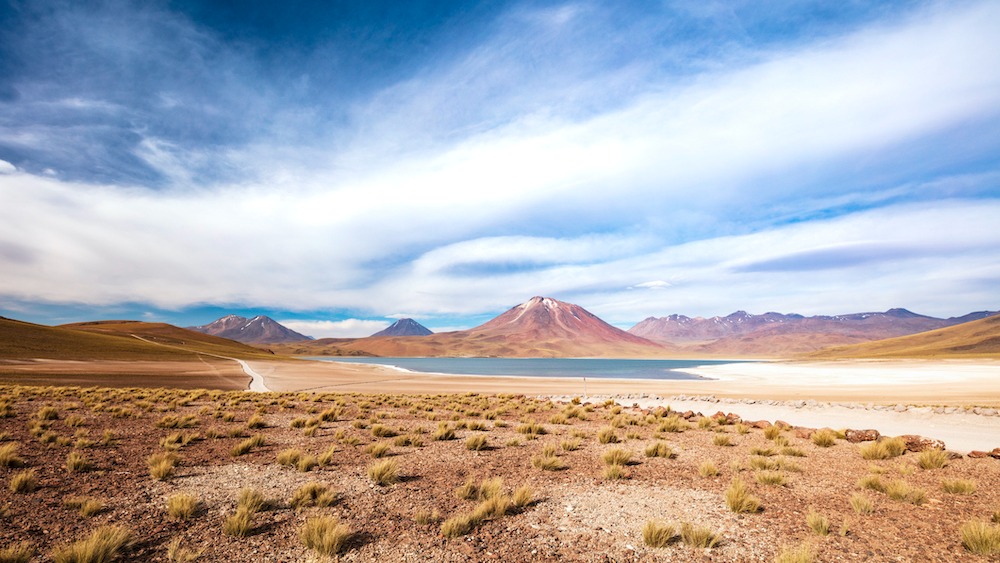
The sunniest spot on Earth is the Altiplano of the Atacama Desert, an arid plateau near the Andes mountains in Chile that receives as much sunshine as Venus.
While normally cold and dry, this sunny swath, which sits at an elevation of roughly 13,120 feet (4,000 meters), gets more sunlight than places that are closer to the equator or at a higher elevation, according to a study published July 3 in the journal Bulletin of the American Meteorological Society.
The Atacama Desert is special for multiple reasons: It's the oldest desert on Earth, the driest beyond the poles and possibly the clearest place to view the night sky. The Chilean Altiplano also stands out for its solar irradiance, or the output of light energy emitted from the sun to Earth. Scientists measured the world record at the plateau at 2,177 watts per square meter. For comparison, the radiation at the top of Earth's atmosphere is approximately 1,360 watts per square meter, according to the study.
"It's actually the radiation that you will be receiving in summer if you are standing up on Venus," Raul Cordero, lead study author and a climatologist at the University of Groningen in the Netherlands, told The Washington Post.
Related: 10 signs that the sun is gearing up for its explosive peak — the solar maximum
The comparison is "incredible," considering Venus sits roughly 28% closer to the sun than Earth does, Cordero added. The average solar irradiance on the plateau is about 308 watts per square meter — another world-record-shattering number that is twice as high as what's recorded in Central Europe and the U.S. East Coast, according to the study.
"When solar irradiance is transmitted through the atmosphere, it's absorbed by water vapor and scattered by clouds and aerosols, Seiji Kato, an atmospheric scientist at NASA who wasn’t involved in the study, told The Washington Post. "However, a high elevation location that is above the water vapor layer and has less clouds and aerosols would inevitably receive more sunshine."
Another reason Chile is so sunny is due to its geographic location in the Southern Hemisphere. This is particularly true in the summer when Earth's orbit is closer to the sun, reaching a point known as perihelion in early January, which results in a surge in solar irradiance that is 7% higher in the Southern Hemisphere versus the Northern Hemisphere, according to the study.
Even though having an abundance of sunshine may have its perks, this amount of exposure can have downsides.
"If you are exposed to such a high radiation danger, you have to protect your skin," Cordero told The Washington Post. "At this particular location, for people working there … they are aware that the radiation was high, but now we know how really high."
While satellite data has shown that this region gets the most sunlight in the world, the new study helps reconfirm and further explain why it receives such high levels of radiation, according to The Washington Post.







